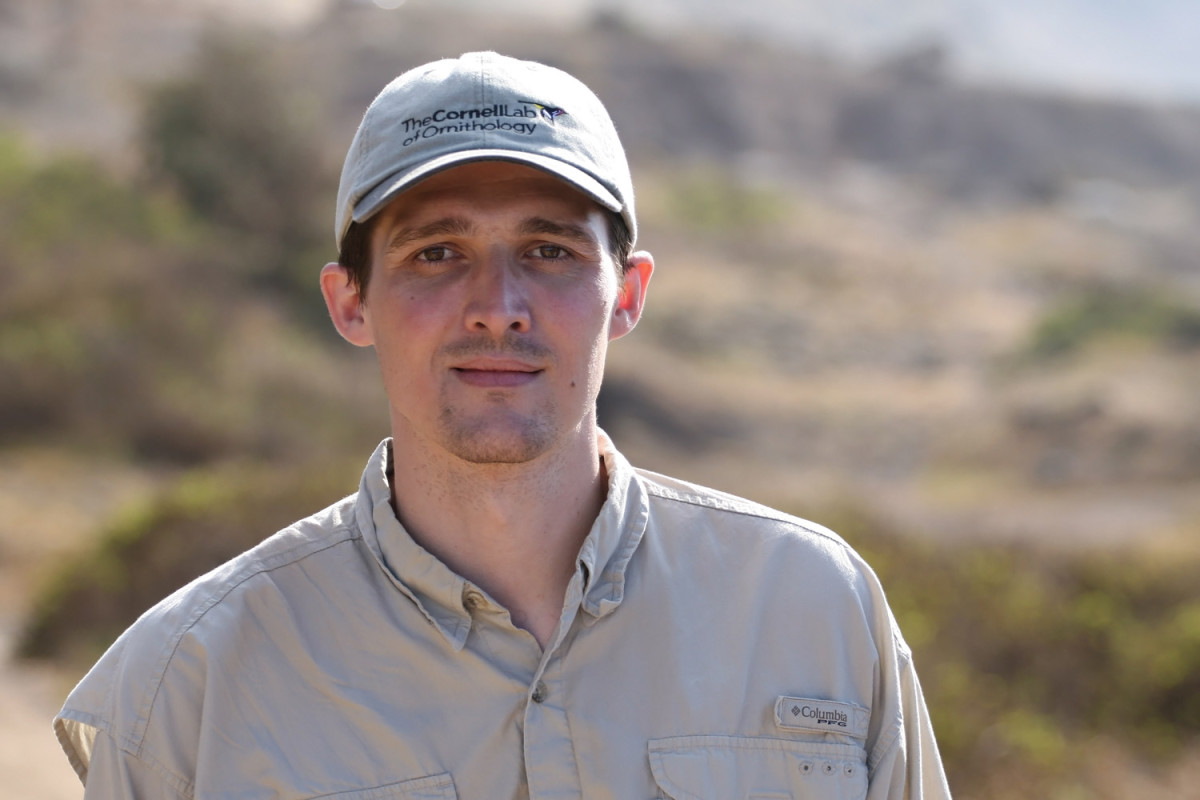Kaena Point is my favorite place on the island of Oahu in Hawaii. It is the refuge of many rare animals, such as the Laysan Albatross, the Hawaiian Noddy and the Hawaiian Monk Seal. I’ve already posted a lot about these creatures, so it’s the time to introduce the land itself.
Kaena is the westernmost tip of Oahu and one of the few natural places left on this island. The Reserve has a lava-rock shoreline which encircles sand dunes at the narrow tip, and rises into basalt slopes above the coastal lowlands. These kind of dune ecosystems developed only on the Hawaiian Islands. On the dunes, most plants grow close to the ground and form shrubs to be less exposed to the wind and blowing sand, like the naupaka kahakai (Scaevola taccada), the ohai (Sesbania tomentosa), and the hinahina (Heliotropium anomalum).
In order to protect the dunes’ native flora and fauna from alien terrestrial mammals (rodents, mongooses, cats, dogs) a predator proof fence was installed at Kaena Point in 2010. Since then seabird populations are soaring and there are more native plants on this narrow peninsula.
Kaena Point is not only a unique natural area but it is also an important cultural landmark. According to ancient Hawaiian folklore, it is the place for the leina a kauhane, where the souls of the dead leaped into the Underworld.
Source:
Lindsay, L. C. et al. (2012). The Use of Predator Proof Fencing as a Management Tool in the Hawaiian Islands: A Case Study of Ka`ena Point Natural Area Reserve. University of Hawaii at Manoa. Technical report, 180. 87 pages.
These photographs were taken on my last visit with my Canon EOS 7D camera and my Canon 17-40mm F/4 lens along with my Tiffen polarizer filter.

